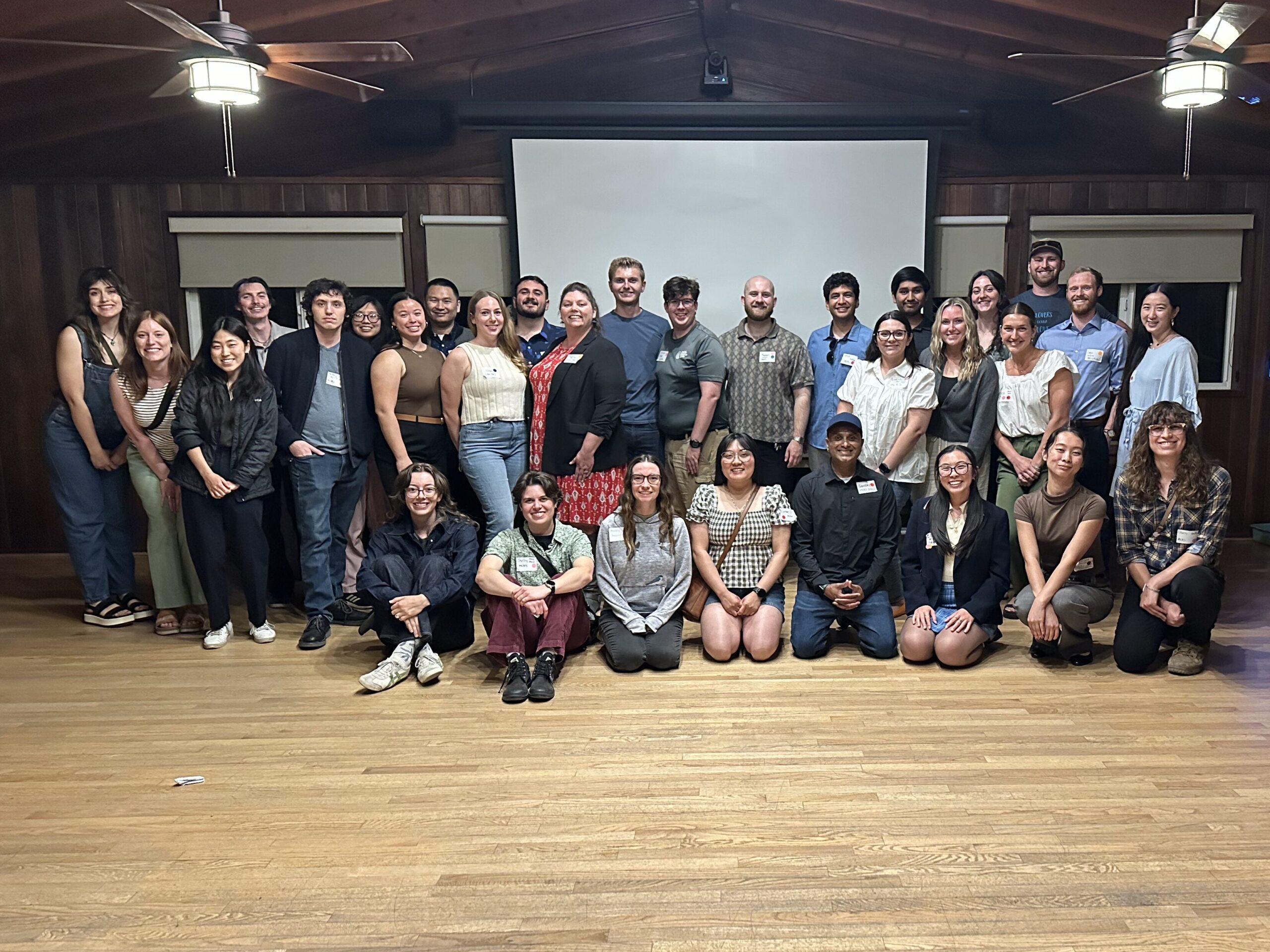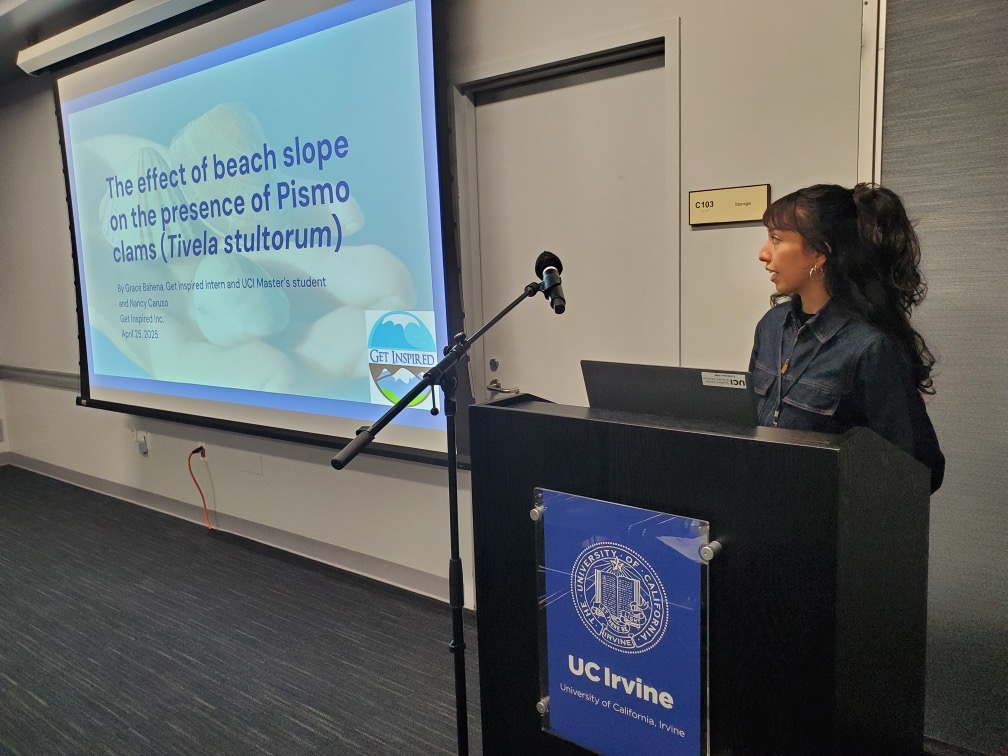Student Blog: “Roots of the Issue: Groundwater Depletion and the Mesquite Bosque” by Alondra Renteria Solis
Groundwater depletion is an issue that is affecting many portions of the United States, and its management is becoming increasingly crucial. It is defined as long-term consistent groundwater pumping that results in a lowered water table (Water Science School USGS, 2018). The pumping of groundwater occurs at a faster rate than it is recharged, making the process unsustainable and putting this valuable resource at risk.
We can compare groundwater depletion to a savings account that the community relies on for water. Just as you can withdraw money from a savings account, people in a community withdraw water from the ground for their needs. However, if they withdraw more water than is replenished naturally, the “savings account” of groundwater becomes depleted. Just as a bank account needs deposits to stay full, groundwater needs rain and other forms of precipitation to replenish it.
Groundwater Cross-Section Diagram (Credit: Department of Ecology State of Washington)
The city of Borrego Springs has historically removed groundwater for both urban and agricultural needs from the Borrego Sink Subbasin and is now dealing with the issue of groundwater depletion. Essentially, the removal of groundwater exceeds the replenishing rate, resulting in a lower groundwater table in their Subbasin. (Faunt et al., 2015) In 2019, the Borrego Water District created its Groundwater Management Plan (GMP) to demonstrate its plan for sustainably managing the groundwater in a way that includes all beneficial users. One issue: the Mesquite Bosque was not listed as a beneficial user.
The Mesquite Bosque, specifically honey mesquite (P. glandulosa) are important drought-tolerant plants adapted to arid climates and provide essential shade and edible pods that many other species rely on. This ecosystem has high biodiversity, supporting many other shrubs, vines, and herbaceous species (Stromberg, 1993). Mesquite is highly productive due to its deep root systems, which can access groundwater up to 12 meters (Jenkins et al., 1988).
The mesquite bosque, characterized by its mesquite trees, plays a crucial role in providing habitat, food, and shelter for a variety of wildlife species. As groundwater levels decline, the health of the mesquite bosque is compromised, leading to a reduction in food and shelter for wildlife. The decline in the mesquite bosque has ripple effects throughout the ecosystem. Birds, such as Cactus Wren and Verdin, rely on the dense foliage of the mesquite trees for nesting sites and protection from predators. Other animals, such as rodents and insects, feed on the mesquite pods and foliage. Rabbits use the mesquite as shelter, and they attract coyotes who roam the habitat in search of food. The desert ecosystem is a harsh environment for many species, limiting sources of food and water. Recent years have brought limited rainfall and extended drought to the area which has added additional pressures to the wildlife (Negrete et al., 2018). As the groundwater levels decline, the mesquite bosque faces stress, leading to reduced canopy cover and overall health. As the mesquite bosque declines, these wildlife populations are at risk of decline as well.
Images of healthy and unhealthy/dying honey mesquite (Credit: MCRS Graduate Student Alondra Renteria Solis)
Near Borrego Springs, CA, one can find mesquite both in the Borrego Sink Subbasin, which is where the community is siphoning its groundwater and in Clark Dry Lake, an area primarily managed by Anza-Borrego Desert State Park and not having its groundwater depleted. To attempt to demonstrate the mesquite bosque’s status as a groundwater-dependent ecosystem (GDE), a team of graduate students is conducting surveys on vegetation and wildlife to gather data on the overall health of the mesquite bosque ecosystem. This is part of a larger project funded by the Department of Water Resources in which UC Irvine partnered with Tubb Canyon Desert Conservancy to study the mesquite bosque with the goal of providing research to determine if the mesquite bosque is, in fact, a groundwater-dependent ecosystem. The vegetation health assessments compare multiple metrics between mesquite in the Borrego Sink Basin and mesquite in Clark Dry Lake. The wildlife surveys, such as bird point-count surveys and wildlife camera traps can give us a better idea of wildlife use between both sites.
The results of the surveys on vegetation and wildlife in the mesquite bosque may help highlight a critical importance to local wildlife, underscoring the need for sustainable groundwater management. If significant differences are found between the two sites, it can give us an idea of how groundwater depletion is affecting the overall ecosystem. These surveys may provide tangible evidence of the effect of groundwater depletion, reinforcing the importance of sustainable groundwater management. These findings can help inform future actions aimed at preserving the mesquite bosque, such as implementing conservation measures and raising awareness among residents and stakeholders. It is crucial that management strategies focus on balancing human water needs with the preservation of this vital ecosystem.
Image of Coyote roaming through Borrego Springs Subbasin near the Borrego Sink as caught by wildlife camera on 9/19/2023. (credit: UC Irvine MCRS Mesquite Capstone Group)
Given that Borrego Springs is entirely dependent on groundwater, careful management is essential for the city’s sustainability. Understanding the importance of sustainable water use to ensure the long-term viability of the city will help community members make more informed decisions about how groundwater is managed. Encouraging participation in water district meetings can give residents the opportunity to support initiatives like including the mesquite bosque in the Borrego Groundwater Management Plan, ensuring the preservation of this vital ecosystem.
The use of groundwater in the Anza-Borrego Desert State Park region is not only affecting the health of the mesquite bosque but also the wildlife that depends on it. Conservation efforts aimed at sustainable groundwater use are crucial to preserving this unique ecosystem and ensuring the survival of the wildlife that calls it home. Damage to the mesquite bosque and its wildlife could also impact the local economy and community culture, as Borrego Springs may become a less attractive tourist destination for the hikes and bird-watching opportunities it offers.
By prioritizing the conservation of the mesquite bosque, Borrego Springs can support the health of its wildlife and create a GMP that ensures long-term responsible groundwater use for all its beneficial users.




